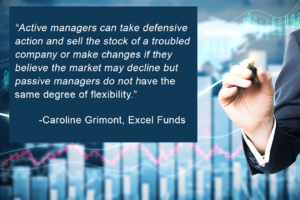 By Chantal Marr, LSM Insurance
By Chantal Marr, LSM Insurance
Special to the Financial Independence Hub
Life insurance protects your family financially, but it can also be huge strain on your budget. Over the years, even a small savings in your premium can really add up. The following factors are used to determine the rate you will pay. Not all of these factors are controllable; however, there are some lifestyle changes you can make to lower your premium.
1. Age at Time of Purchase
The younger you are at the time of purchase, the lower your rate will be. Insurance experts say the sooner you buy a policy, the better. Chris Huntley, life insurance agent at Huntley Wealth and Insurance explains, “Age is the most important contributor to both term and whole life insurance rates. If the insured outlives the initial term, the insurance carrier must adjust the premium to reflect their new age.”
2. Your Health History
Insurance providers need to know of any health problems you may have had in the past to determine your risk factor. Chronic illnesses could result in higher premiums. According to Canada Protection Plan, “Generally, insurance underwriters review an applicant’s medical history, and assign a rating based on the presence (or lack there of) of common medical conditions.”
3. Current Health
Most insurance providers require a medical exam to determine how healthy you are. The doctor will look for signs of high blood pressure and other conditions that may lead to future problems. If you are in good health, you will typically qualify for lower rates. “Your health is a key indicator of the risk you pose to an insurer and will directly impact not only your ability to get a policy but how much you’ll pay for the policy.” Richard Laycock, senior insurance writer.
4. Your Weight
Obesity can lead to all types of health problems. Being overweight or obese can put you in a higher risk category for insurance purposes. “Life insurance premiums are also based on your weight, or at least the proportion of your weight to your height. There are ranges and a theoretical norm at the center, that indicate a “normal” proportion. To the degree your own height-to-weight ratio varies from the ideal range, you will pay more in premiums,” says Neal Frankle, CFP.







